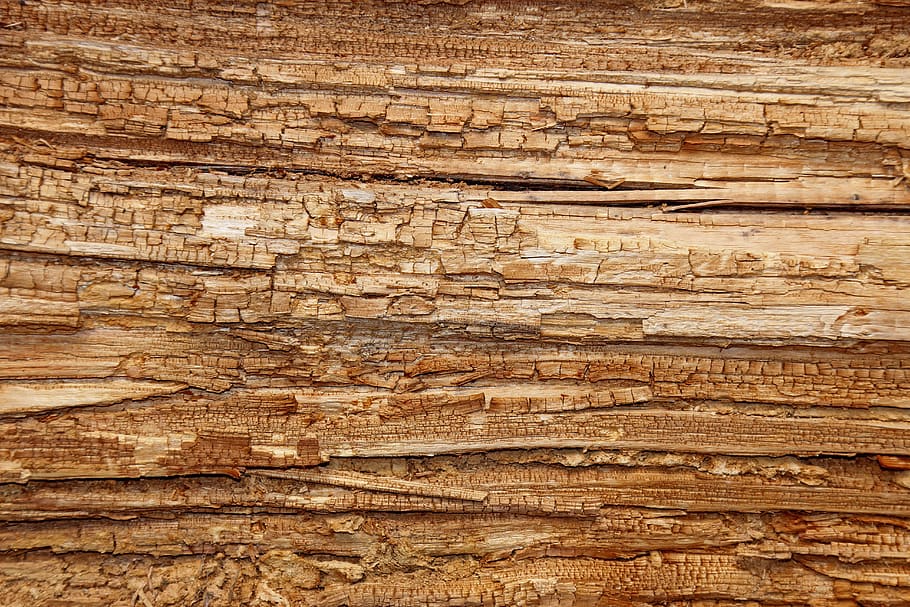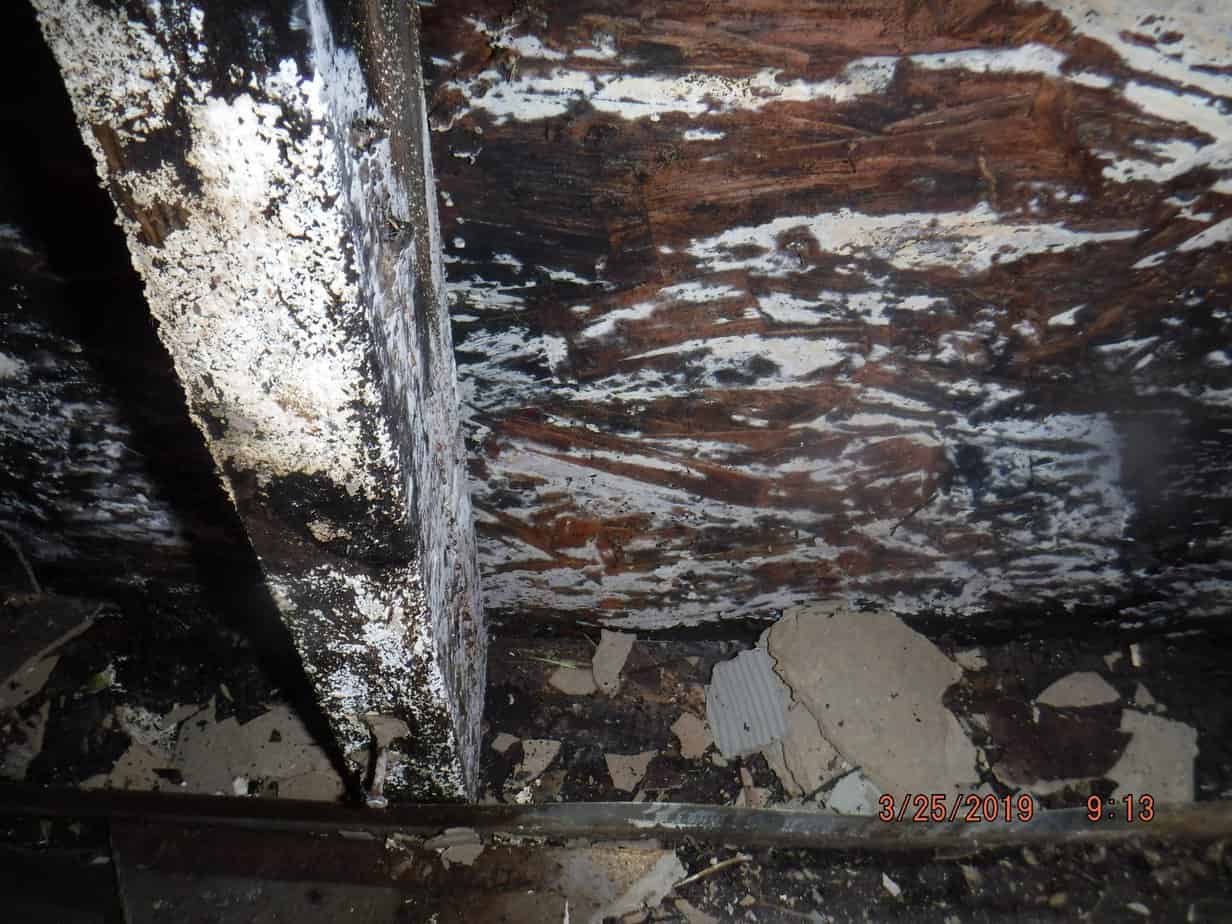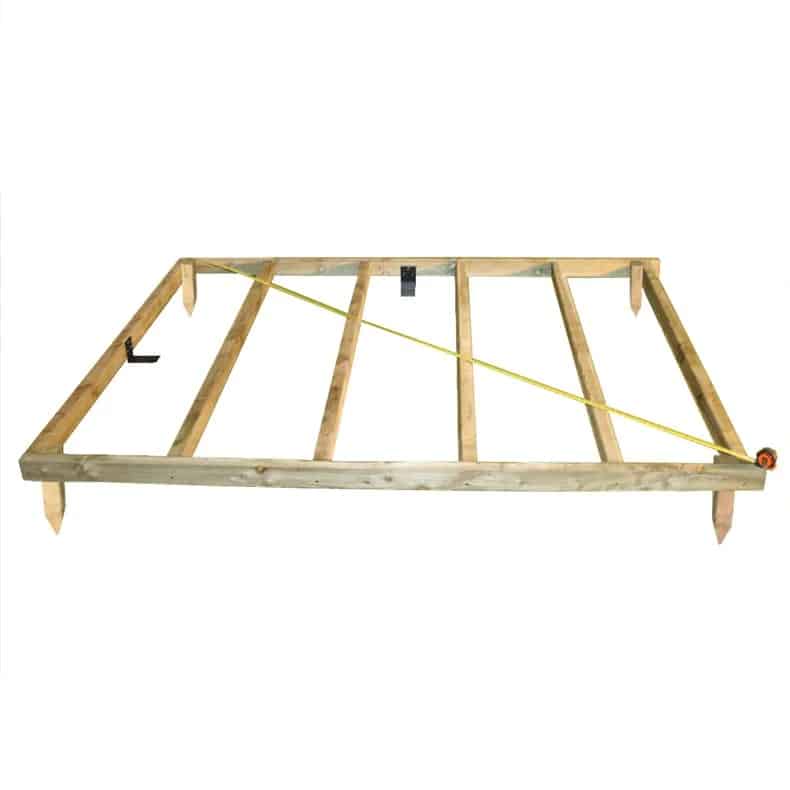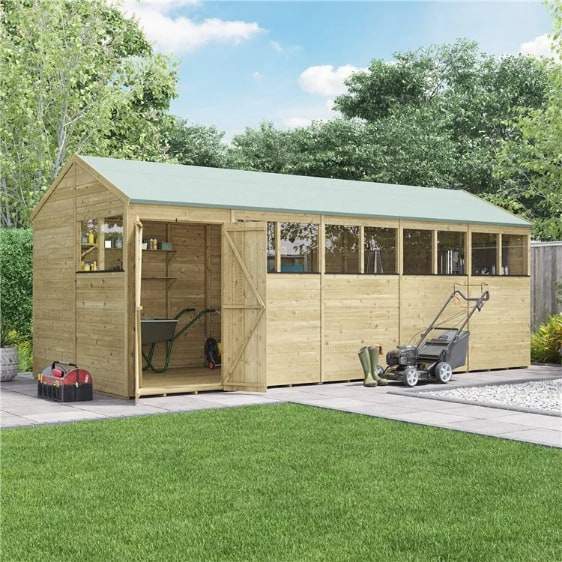Jump to:
Proper maintenance is crucial to guarantee your wooden shed’s longevity. Yet, the threat of rot looms, which could take a toll if overlooked. If your structure faces the same dilemma and has many questions, this guide is here to help!
What Is Rot?

Rot is the decomposition of organic matter caused by fungi. The fungi feed on water and the timber, which can gradually break down a wooden shed. Signs of rot include a soft and flaky on the surface.
Why does rot affect wood, but not other materials? Fungi and bacteria feed on natural wood, and your timber shed can make a great source of energy for them. Paired with moisture, this combination enables them to thrive.
Repair might not be the best solution if rot has taken over the structure. Don’t wait until it develops before taking action. There are ways to stop it, starting with…
Identifying dry rot

Rot can be caused by different types of fungi, so they vary. Among the common varieties is ‘dry rot’.
Dry rot is colloquially known as brown rot. Keep in mind, though, that it isn’t actually dry. It may have been called that due to the darkened appearance of rotting wood.
Rotting can only occur in the presence of moisture. That means that even if your rotting wood is dry now, it would’ve been wet enough for fungi to thrive and grow.
Interestingly, rotting can’t take place when timber is completely dry. It can still take place, however, if your wood has been exposed to moisture at any time before.
What Causes Rot?

Rot needs very specific conditions to occur. Unfortunately, the weather in the UK is the perfect storm for rot to culture in. The changing forecast, consistent rains, and temperate climate add up.
Temperature
Fungi can’t grow in conditions that are too hot or too cold; it thrives at between 3 to 30 degrees Celcius. If it’s too chilly, the fungi will become dormant, and any hotter than 40 will kill it altogether.
The height of summer and the depth of winter are the least favourable times of year for them. For most other parts of the year, however, they’ll seek the best environment to grow in. Be warned, as they’ll want to do it as soon as they can!
Humidity

Humidity is also a factor, where rot thrives in conditions with over 20% humidity. Generally, this is unavoidable as most homes typically have levels between 40% and 60%. But the case is different for rot — the more humid it is, the better.
Water
Water stands as the pivotal catalyst for the initiation of fungal decay. When water infiltrates, it distorts the natural form of wood, thus nurturing mould. This is due to fungi’s reliance on moisture for sustenance.
Fungi may not grow in the air, but they can do so on the walls. That’s why aim to try and prevent water from settling on your timber shed walls as much as possible. Consider shed ventilation if you haven’t already, or open those windows regularly!
What Rotting Shed Solutions Are Effective?
1. Have a solid shed base

You need to make sure your shed is raised off the ground. Wood readily absorbs water, so having the floor in direct contact with the ground is a recipe for trouble. Water would seep through, fostering fungi and leading to rot.
Concrete makes a strong and sturdy contender, but you can also go for treated wooden base, such as this Eze base. Alternatively, a plastic-type for low-cost but durable option like the ecobase fastfit.
2. Opt for pressure treatment

Pressure-treatment involves the process of permeating wood within a vacuum-sealed tank. This thwarts fungus and mould at the timber’s core. We offer this option with an added fee during your purchase — a worthwhile investment!
For existing structures, annual at-home shed wood treatment is advisable. While not as potent, it serves as a viable alternative. Tip: Use water-repellant sealant and regularly apply at least every 1-2 years.
3. Get your shed some sunshine
Position your shed where sunlight can reach most of its walls easily. Sunlight helps dry out the structure after rainfall and kills surface bacteria. The quicker you can get rid of the moisture, the less time the fungi will have to grow.
Tip: Avoid positioning your shed at the bottom of a slope. Otherwise, water could run down towards the shed and seep into the natural wood.
Don’t let rot spoil your shed investment. Take preventive measures now to ensure it lasts for years. A little prevention can save you from costly repairs or replacements down the line. We hope this guide has answered your questions and set you on the path to a rot-free shed!
Read our guide on ‘A Guide on How to Damp Proof a Shed’ next to learn more. Should you have any further questions, don’t hesitate to contact us at 01909 768840.










